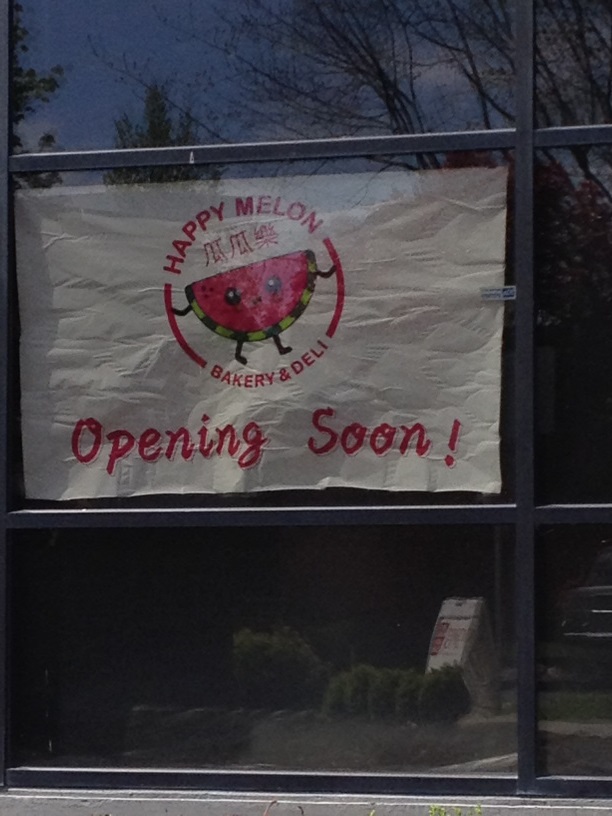Grappling for ways to reduce soaring childhood-obesity rates, many policymakers have settled on a kind of serfdom solution, reasoning that if kids spend part of the day with their fingers burrowed in fresh soil, they’ll develop an unshakeable appreciation for fruits and vegetables.
The problem is that it’s not entirely clear whether school gardens achieve the goal of advancing childhood wellness. A yearlong study of low-income grade schoolers in Brisbane, Australia, produced the surprising finding that students who helped tend a garden emerged from the program with a “decreased interest in trying new fruits” and showed “less enthusiasm for activities centered around vegetables and fruits.” The researchers theorized that the children no longer considered the healthy foods novel.
Since school gardens clearly aren’t a panacea, I wonder if an epicurean approach to altering eating habits would prove more successful. Perhaps it’s time for children to stop aping farmers and start imitating the gentry.
When I pitched a food-writing workshop to 826 Seattle, a nonprofit writing center for kids, I suggested high-school students would be the appropriate demographic. But the organization typically targets a much younger audience with its classes, so I was asked to rewrite my curriculum for 9-year-olds.
It wasn’t until I started trawling for review examples to share that I realized what an adult world I inhabit as a critic. I’d never before noticed how frequently restaurant reviews mention liquor and sex. Even reviews in daily papers referenced cougars draped over Cosmos and louche sommeliers with wandering hands.
I finally decided to focus on something I assumed would be familiar to kids: pizza. We read pizzeria reviews from Alison Cook, John Kessler, and Jonathan Gold. The kids scoured the reviews for different ways of saying “The pizzas are huge” and “The sausage is spicy.” They found examples of similes, hyperbole, humor, and sensory descriptions. And then we had lunch.
Armed with reporter’s notebooks, the kids were seated in the restaurant we’d assembled in the back end of the writing center. Our pop-up restaurant—Ristorante 826—featured tablecloths, centerpieces, and printed menus. Volunteers served the salad, pizza, and cupcakes. It was all rather fancy.
Admittedly, the pizza was no longer hot by the time we got around to serving it. I was under the impression that all kids love all pizza. Apparently not: After analyzing the pie in professional critic fashion, many of the kids decided they weren’t that crazy about it.
While I’m not aware of any studies that ascribe health benefits to youthful snobbery, there is plenty of scientific evidence that mindful eating can repair disordered relationships with food. “This is anti-diet,” Jan Chozen Bays, author of Mindful Eating: A Guide to Rediscovering a Healthy and Joyful Relationship With Food, recently told The New York Times. “I think the fundamental problem is that we go unconscious when we eat.”
Eaters who try to decipher ingredients and cooking techniques, absorb aromas, and cast about for the right words to describe particular textures—in other words, who behave like food critics—are less apt to overeat and more likely to enjoy their food. While it might seem dilettantish to a nation sold on the populism of everyman agrarianism, engaging children’s minds might ultimately prove more successful than handing them shovels.








